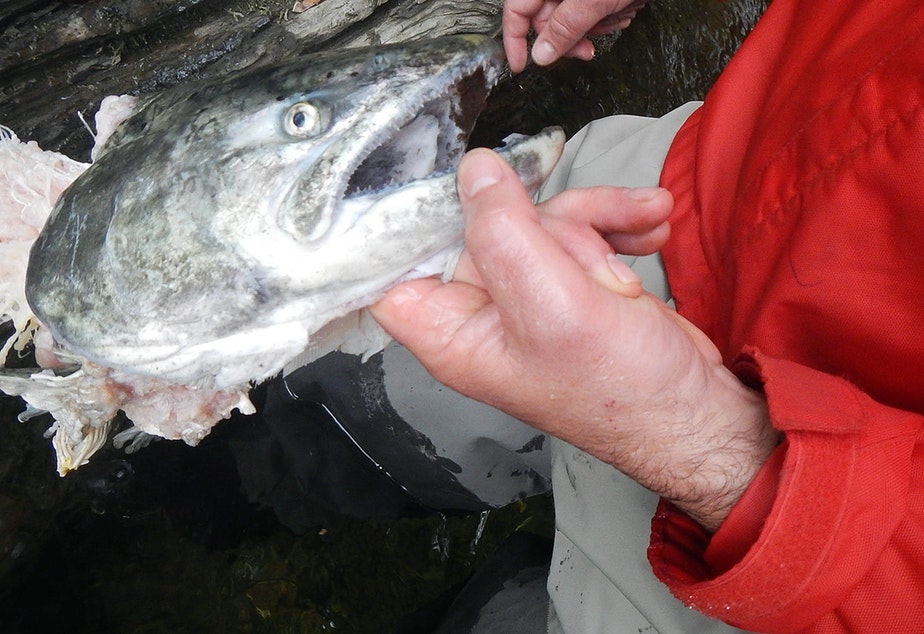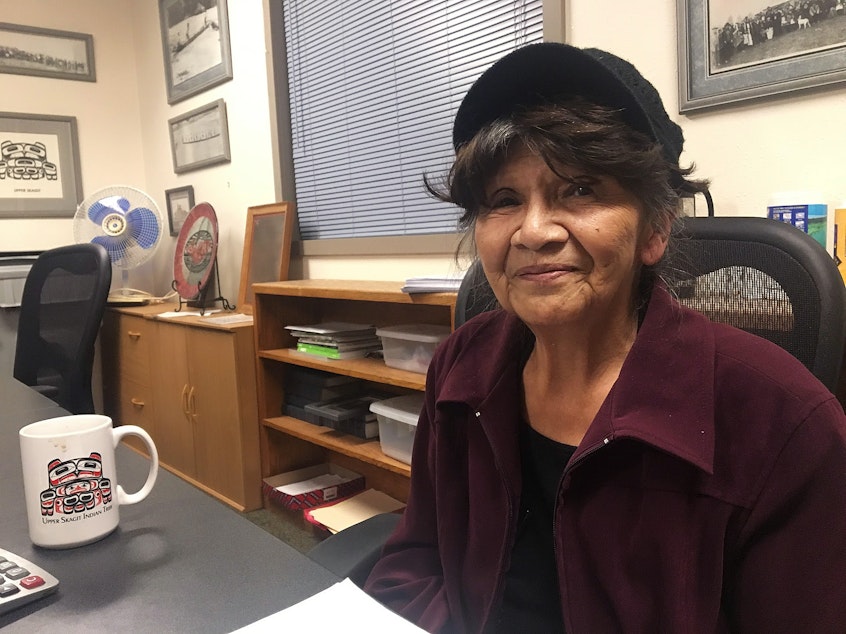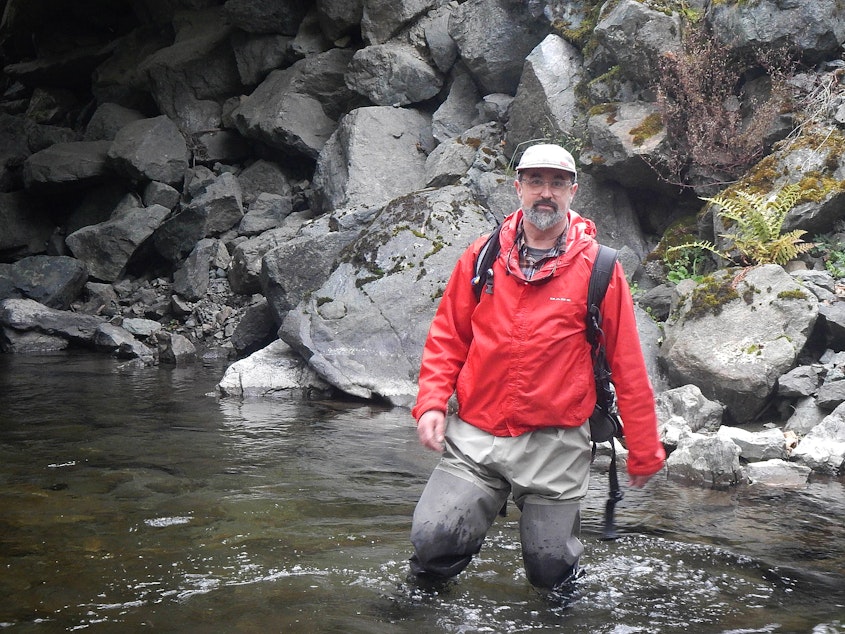Stop fishing salmon, orca lovers say. You’re missing the point, Skagit tribe says

“We need to completely stop salmon fishing.”
Whale biologist Stefanie Hawks-Johnson made that plea at a governor’s task force meeting on killer whales in Tacoma.
“Some will say this is unrealistic, undoable and crazy, but I’m pretty sure the orcas will be dead if these things don’t happen,” Hawks-Johnson said.
At meeting after public meeting over the past six months, orca lovers and orca experts have urged bold action: Everything from removing dams to restricting or banning activities that can harm the whales.
Crazy or not, those are fighting words to people whose ancestors gave up their land to be able to keep fishing.
“Humans are the problem, and it’s not fishermen,” commercial fisherman and Makah tribal chair Nate Tyler said at a task force meeting in Anacortes. “This task force isn’t going to stop me. It’s not in a position to stop me.”
Sponsored
“That’s always being touted—cease fishing,” said Doreen Maloney, general manager of the Upper Skagit Indian Tribe in Sedro-Woolley, in the foothills of the North Cascades. “People [who] say that don't have any clue of how to manage fish.”

Maloney is 77, with no intention of retiring. She has been on the tribal council for nearly 40 years. Her tribe has fished the Skagit River for thousands of years.
“If it's part of your culture, the ability to fish, to have it available, is part of who you are,” Maloney said in her office on the 84-acre Upper Skagit reservation, where front yards are dotted with fishing boats. “Salmon are who you are.”
But declining numbers of salmon have forced fishing in much of Washington state to be mostly shut down in recent years, even to tribes.
Sponsored
“For the last five years, I can count the number of days that we've been open on one hand and one finger,” she said, holding up her hands. “Six days.”
Maloney’s tribe catches salmon only when they have swum back from the ocean and into their home river: Upper Skagit fishing nets aren’t taking food out of the mouths of orcas.
By tackling the problems that chinook face in the river, the tribe is helping orcas, too.
Few places are more important to orcas than the inland homeland of the Upper Skagit Indian Tribe.
On a warm October morning at Grandy Creek, near the confluence with the Skagit River, biologist Jon-Paul Shannahan looked for spawning salmon.
Sponsored
“This river produces over 50 percent of Puget Sound chinook,” said Shannahan, who works for the Upper Skagit Tribe, as he splashed up the creek and surveyed it for chinooks and their big, underwater nests known as redds.
The surveys are part of the tribe’s effort to bring back more chinooks to these waters.
“The white air line in the bubbles here is usually where they like to hide,” Shannahan said. “I'm also looking for the right size gravel where a chinook will spawn.”
In a half hour of tromping up the creek in his hip waders, he saw just one redd and one chinook carcass. The redd was easy for Shannahan to spot because most of the gravel on the stream bed is covered in slippery green algae. Redds stick out like sore thumbs because the pregnant female has used its tail to dig a hole, which exposes clean gravel.
But this redd was incomplete. The chinook digging it stopped before she finished.
Sponsored
“It stopped digging because there was concrete around,” Shannahan explained. “Salmon can't dig through this.”
Much of this small, shady creek in prime salmon country isn’t so good for fish any more. Over the years, many places where salmon used to go have been smothered in concrete or the big, jagged rocks known as riprap.
The same is true on the big river. Floodplains have been walled off to protect farms and homes built there from flooding.
Where the river’s been put in a straitjacket, young salmon can’t wander into safe, slow, side channels anymore, and fewer salmon survive their journey to the ocean. It’s this loss of river habitat that is the main threat to Skagit chinook. That makes it a major threat to orcas, too.
Sponsored
The Upper Skagit Tribe spent five years mapping all the places where concrete or riprap have buried Skagit salmon habitat, and they’ve tried to stop government agencies from letting any more streambanks be covered in armor.

Tribal biologists say the Skagit River can’t produce more chinooks—even if all fishing stops—until it has more places for young fish to swim, hide and grow in.
Scott Schuyler is an Upper Skagit commercial fisherman who manages fishing for the tribal government. He’s also Doreen Maloney’s son. Schuyler said to his tribe, orcas are family too.
“We hope that the orca sustain themselves,” he said, “eat as many chinook as they want before they get to where we are.”
The U.S. and Canada cut back this year’s chinook harvests at sea to leave more food for orcas, and more cuts are in the works.
Schuyler worried this could encroach upon the tribe’s “ability to pass on our fishing culture to our children.”
He said the tribe can’t do that if they’re not fishing.
This week, a task force is set to advise the governor how to help the orcas of Puget Sound. This story is part of KUOW's Orca Emergency series, which explores some of the most difficult problems to solve.




